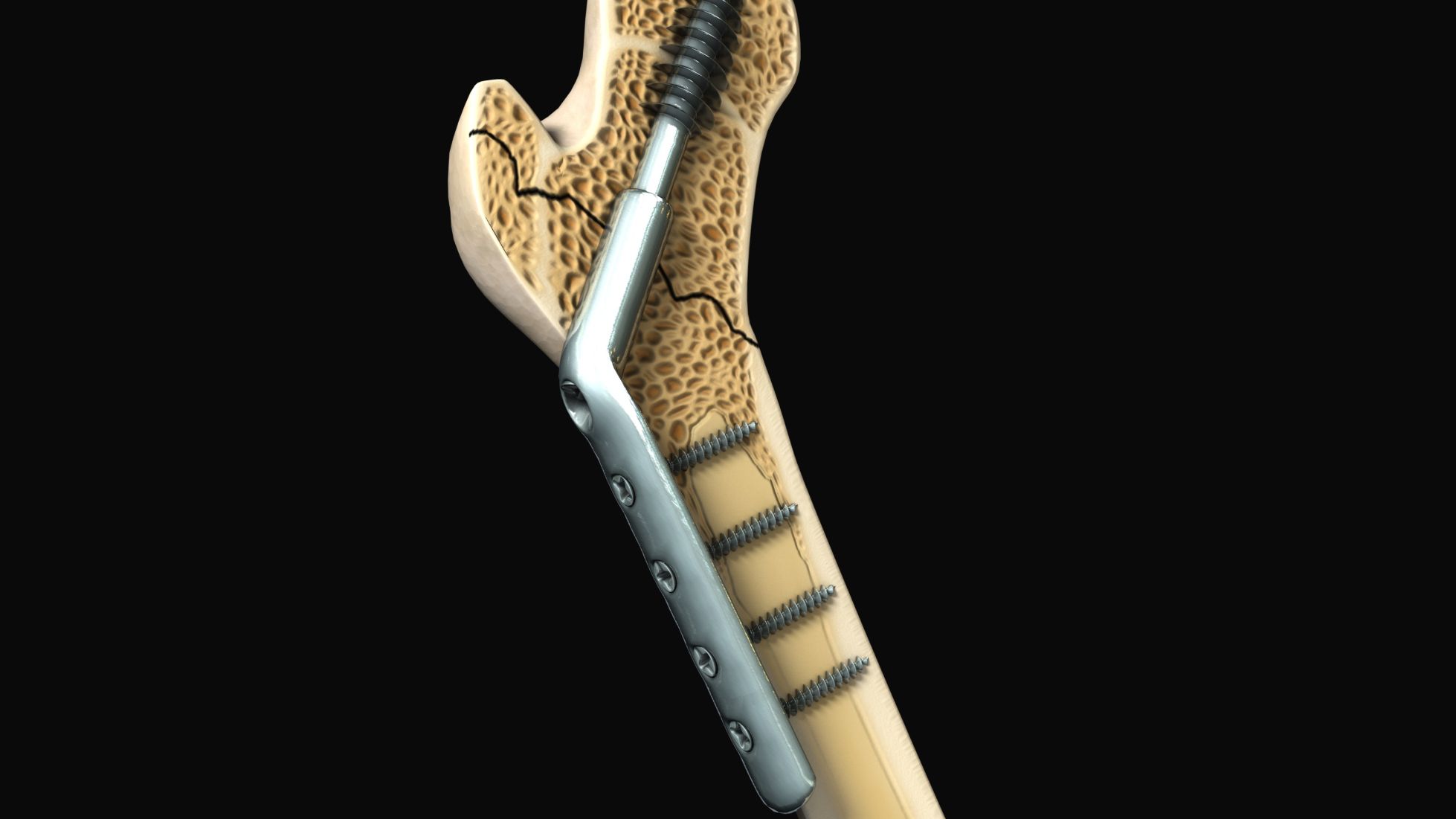Non-surgical rhinoplasty, popularly known as ‘liquid rhinoplasty’ or ‘15-minute nosejob’ is a cosmetic procedure to change the shape of the nose for a short period. Being an augmentation procedure, it cannot be used to reduce the size of the nose. It is done by injecting dermal fillers like hyaluronic acid. It is best for people who want a temporary change and avoid the risks and complications associated with a traditional surgical rhinoplasty. Non-surgical rhinoplasty cost being very low compared to the surgical rhinoplasty; it has now become a sensation among Instagram models who want quick results with minimum investments.
How is a Non-Surgical Rhinoplasty Procedure Done?
After an appointment with a cosmetic surgeon, a person is administered local anesthesia. After that, a trained surgeon injects the dermal filler into that particular area of the nose, which one wants to alter.
Calcium hydroxyapatite, Hyaluronic acid, Liquid Silicone, and aquamid are the commonly used dermal fillers that last between 6 and 18 months. These fillers penetrate deep into the layers of the skin and hold their shape.
The process is painless, but a person might feel a bit of a pinching sensation. The whole process is completed between 15 minutes and 1 hour. Now the person is free to go back to his normal life routine. One gets immediate results, which may last for a year or more depending upon the type of fillers used.
How Costly are Liquid Nosejobs?
Being a cosmetic procedure, it is not covered by insurance. Costs also depend upon the kind of fillers being used and the number of injections the surgeon needs to complete the procedure. In India, Non sukrgical rhinoplasty cost may range between Rs. 10k and Rs. 15k while surgical ones cost around Rs. 85k. In the US, the costs are generally around 600$ and 1500$.
Risks and Side Effects Associated With the Procedure
Compared to surgical rhinoplasty, risks and side effects associated with non-surgical rhinoplasty are very less, but that does not mean there are no risks associated with it at all. Most people have a little redness and sensitivity for two days around the area of the nose where the procedure has been performed. A study conducted in 2019 on 150 people who had undergone non-surgical rhinoplasty showed that only 1.82 percent of people develop complications.
Multiple studies have shown that severe complications occur when the procedure is performed by an unlicensed professional lacking a thorough knowledge of the anatomy of a nose. A nose is a sensitive area close to the eyes with many important blood vessels running through it. Serious complications like tissue deaths, vascular complications, and loss of vision can arise out of a botched up procedure attempted by an unlicensed person. Most filler ingredients usually dissolve after a time. Still, sometimes these ingredients move from their position and restrict the blood supply either by entering the blood vessel or by constricting it from outside, which may result in skin damage or loss of vision. Of all areas, the bridge of the nose is considered the safest area to inject the fillers.
Overall non-surgical rhinoplasty is a safe and effective procedure but one has to remain cautious enough to get it done by a licensed professional.





